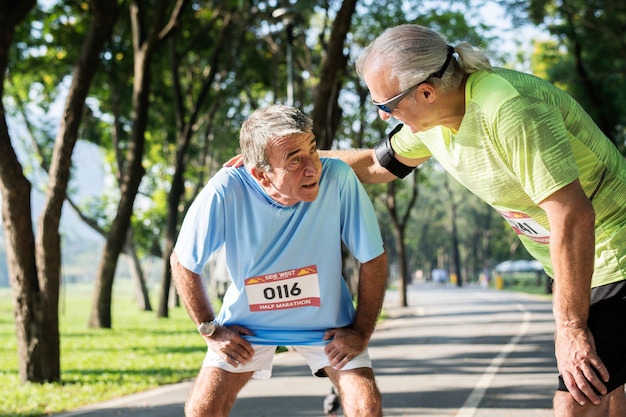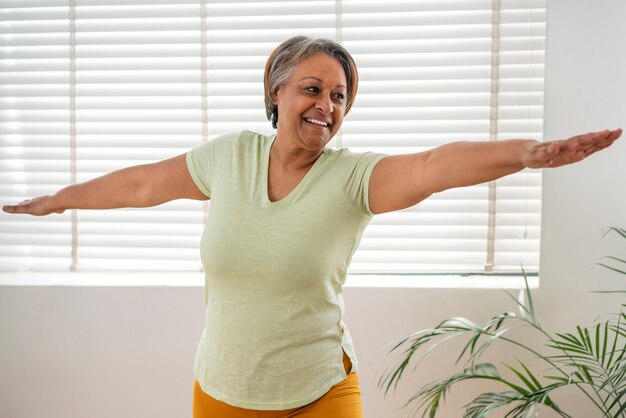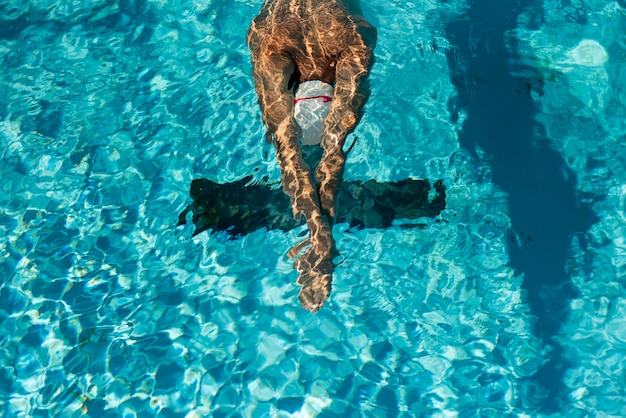Senior Runners' Ultimate Fitness Guide: Form Tips, Modifications & Pro Coaching Cues
Maximize safety, performance, and longevity with this complete fitness checklist designed specifically for senior runners.
/stockimages/senior-runner-form.jpg, /stockimages/stretching-over-60.jpg, /stockimages/low-impact-modifications.jpg, /stockimages/strength-training-seniors

Why Senior Runners Need a Tailored Approach
As we age, our bodies undergo natural changes—reduced joint flexibility, slower muscle recovery, and decreased bone density. Yet, running remains one of the most effective forms of cardiovascular exercise at any age. The key for seniors is not to stop running, but to adapt. This guide offers a comprehensive checklist to help mature runners stay safe, efficient, and injury-free.
1. Pre-Run Mobility & Warm-Up Routine
Jumping straight into a run increases injury risk. A dynamic warm-up primes muscles and joints.
- Ankle Circles (10 each direction): Improves ankle mobility crucial for foot strike.
- Leg Swings (front-to-back and side-to-side): 10 per leg to activate hip flexors and glutes.
- Walking Lunges with Torso Twist: 8 reps to engage core and improve coordination.
- Arm Circles: Loosen shoulders and improve upper body posture.
💡 Coach Tip: Spend 5–7 minutes on dynamic movements—never static stretching before a run.
2. Running Form: Senior-Specific Cues
Good form reduces impact and conserves energy. Focus on these key elements:

- Posture: Stand tall with ears over shoulders, hips over ankles. Avoid hunching.
- Foot Strike: Aim for a midfoot strike under your center of gravity—avoid overstriding.
- Cadence: Strive for 170–180 steps per minute. Shorter, quicker steps reduce joint stress.
- Arm Swing: Keep elbows at 90 degrees, swing forward and back (not across the body).
- Relaxation: Unclench jaw, relax shoulders, and breathe rhythmically.
💡 Coach Tip: Record yourself running or use a mirror to check form cues every few weeks.
3. Strength Training: The Injury-Prevention Pillar
Muscle loss (sarcopenia) accelerates after 50. Strength training combats this and supports joint health.
Include 2–3 sessions weekly with these foundational moves:
- Bodyweight Squats: 3 sets of 10–12 reps. Builds quads, glutes, and balance.
- Step-Ups: Use a low stair or platform. 3 sets of 8 per leg. Enhances single-leg stability.
- Standing Calf Raises: 3 sets of 15. Supports Achilles and ankle strength.
- Glute Bridges: 3 sets of 12. Activates posterior chain and improves hip extension.
- Plank (Modified if needed): Hold 20–30 seconds. Builds core endurance.
💡 Coach Tip: Focus on control and full range of motion—not lifting heavy weights.
4. Easy Modifications for Joint Comfort
Not every run needs to be 5 miles on pavement. Adapt based on how you feel.
- Switch Surfaces: Run on trails, grass, or treadmills to reduce impact.
- Walk-Run Intervals: Alternate 2 minutes running with 1 minute walking to manage fatigue.
- Shorten Stride: Reduce overstriding by increasing cadence slightly.
- Reduce Frequency: Run every other day to allow recovery—consistency beats intensity.
- Use Supportive Shoes: Replace every 300–500 miles. Look for cushioned, stability-focused models.

5. Post-Run Recovery: Non-Negotiables
Recovery becomes more critical with age. Prioritize these habits:
- Cool Down: Walk for 3–5 minutes post-run to lower heart rate gradually.
- Static Stretching: Focus on calves, hamstrings, quads, and hip flexors. Hold each stretch 20–30 seconds.
- Hydration: Replenish fluids even if not thirsty—older adults often have reduced thirst signals.
- Nutrition: Consume protein and carbs within 45 minutes to support muscle repair.
- Sleep: Aim for 7–8 hours. This is when tissue repair occurs.
6. Listen to Your Body: The Smart Runner’s Mantra
Pain is not normal. Distinguish between muscle fatigue and sharp, localized pain. The former is expected; the latter is a warning.
If discomfort persists beyond 48 hours, reduce mileage or take extra rest. Consider cross-training with swimming or cycling to maintain fitness without impact.
Final Checklist: Your Monthly Tune-Up
- ✅ Review running form (video or mirror check)
- ✅ Replace running shoes if over 300 miles
- ✅ Test balance (single-leg stand for 30 seconds each leg)
- ✅ Assess joint comfort after runs
- ✅ Confirm strength training is consistent
- ✅ Evaluate sleep and hydration habits
Running well into your 60s, 70s, and beyond is not just possible—it’s empowering. With smart modifications, consistent strength work, and attention to form, senior runners can enjoy all the physical and mental benefits of the sport for years to come.


















